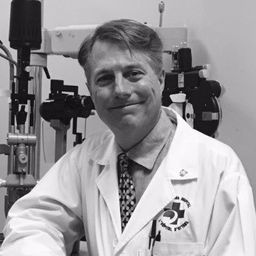Ophthalmologist wellness survey
My Session Status
Author Block: Ihor V. Hayda, Lisa Gould, Colin Mann
Author Disclosure Block: I.V. Hayda: None. L. Gould: Membership on advisory boards or speakers’ bureaus; Thea, Bausch and Lomb (Advisory Panel Member). C. Mann: None
Abstract Body:
Purpose: The purpose of our study was to survey the COS membership to obtain data regarding the mental health and wellness of its members and to compare the data to the results from the Canadian Medical Association (CMA) National Physician Health (NPH) survey conducted in 2018.
Study Design: The study was executed in the form of a survey. The survey was borrowed from the CMA 2018 NPH Survey with some modifications to fit ophthalmology. Permission to use and modify the survey was obtained from CMA.
Methods: Ethics approval was obtained from the University of Manitoba Research Ethics Board. The survey was translated into French by a certified translator and delivered through the online platform “Survey Gizmo” in English and French versions. The survey links were emailed out to all COS members with a reminder sent out after 2 weeks. The survey was available for 4 weeks in total.
Results: Overall mental health (N=181) was broken up into flourishing (58.6%), languishing (0.5%) and moderate (40.9%). 76% of respondents were found to have high resilience and 24% had low resilience (N=180). High burnout (N=184) was split into high emotional exhaustion (40%) and high depersonalization (19%) with an overall burnout rate of 42%. Depression screening (N=191) found that 24% are at risk of depression. Lifetime suicidal ideation (N=190) was found to be 17% with 7% reporting suicidal ideation within the last 12 months. Female ophthalmologists had less satisfaction with workload and job demands compared to males. Females reported working more hours per week than their male counterparts. Residents were found to be at higher risk of suicidal ideation and burnout.
Conclusions: The overall mental health results from our survey were strikingly similar to the results of the CMA NPH survey results, suggesting that many of the problems affecting physician mental health are similar across the various fields of medicine. Some differences were found with burnout rates being slightly higher and depression rates slightly lower. Residents continue to show higher rates of burnout and suicidal ideation compared with doctors in practice. This data may be useful in helping coordinate efforts to improve the mental health of ophthalmologists and residents.


